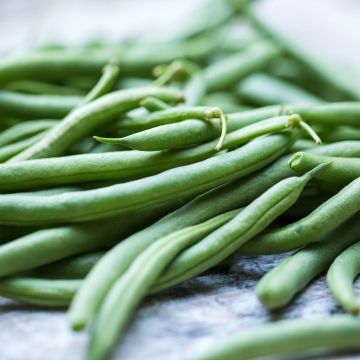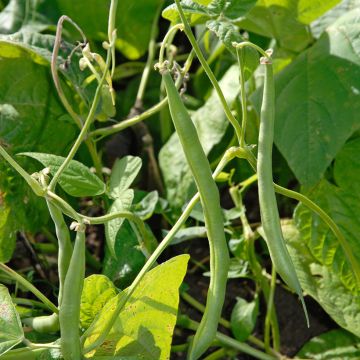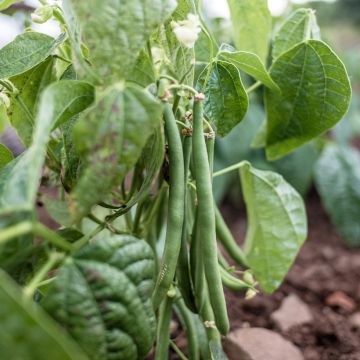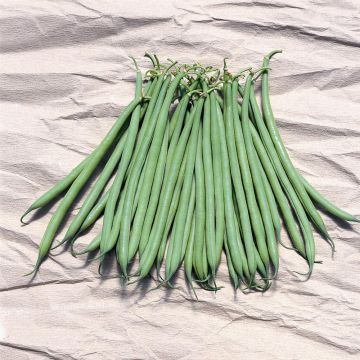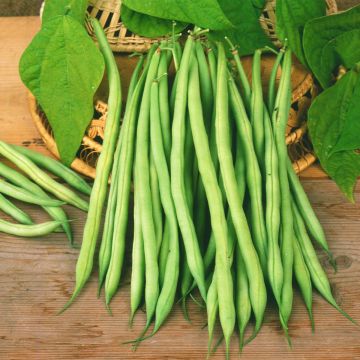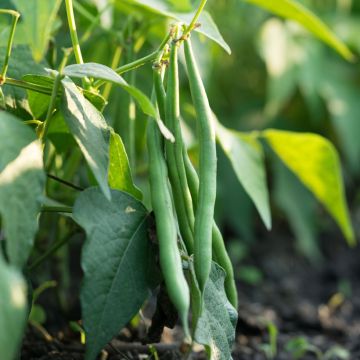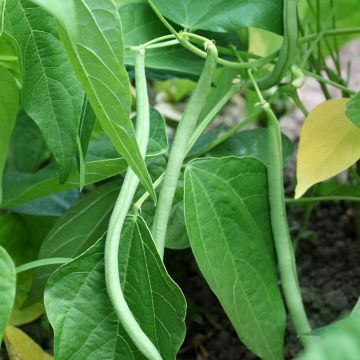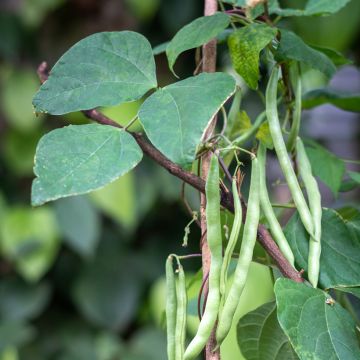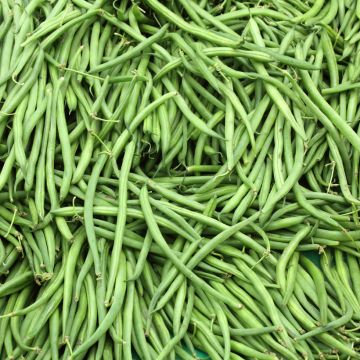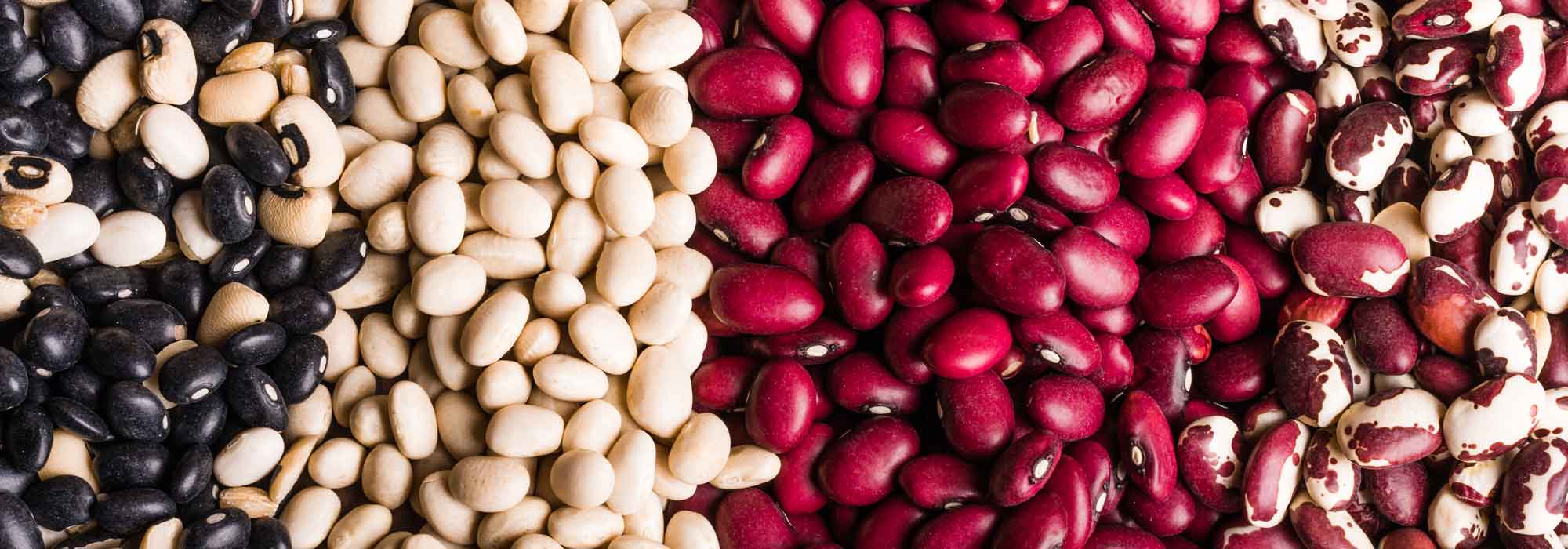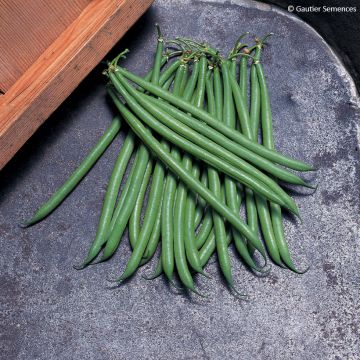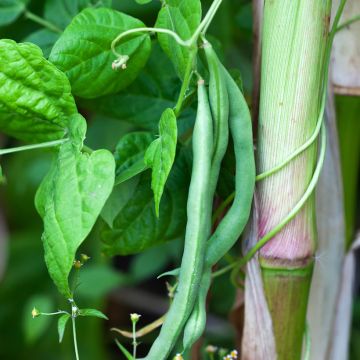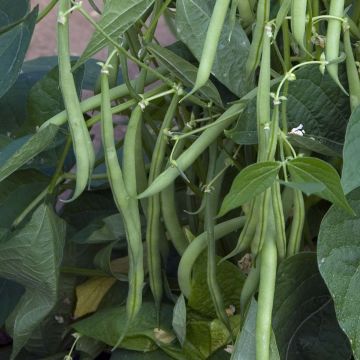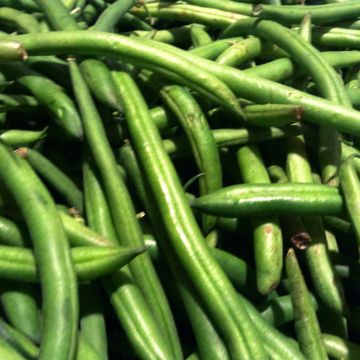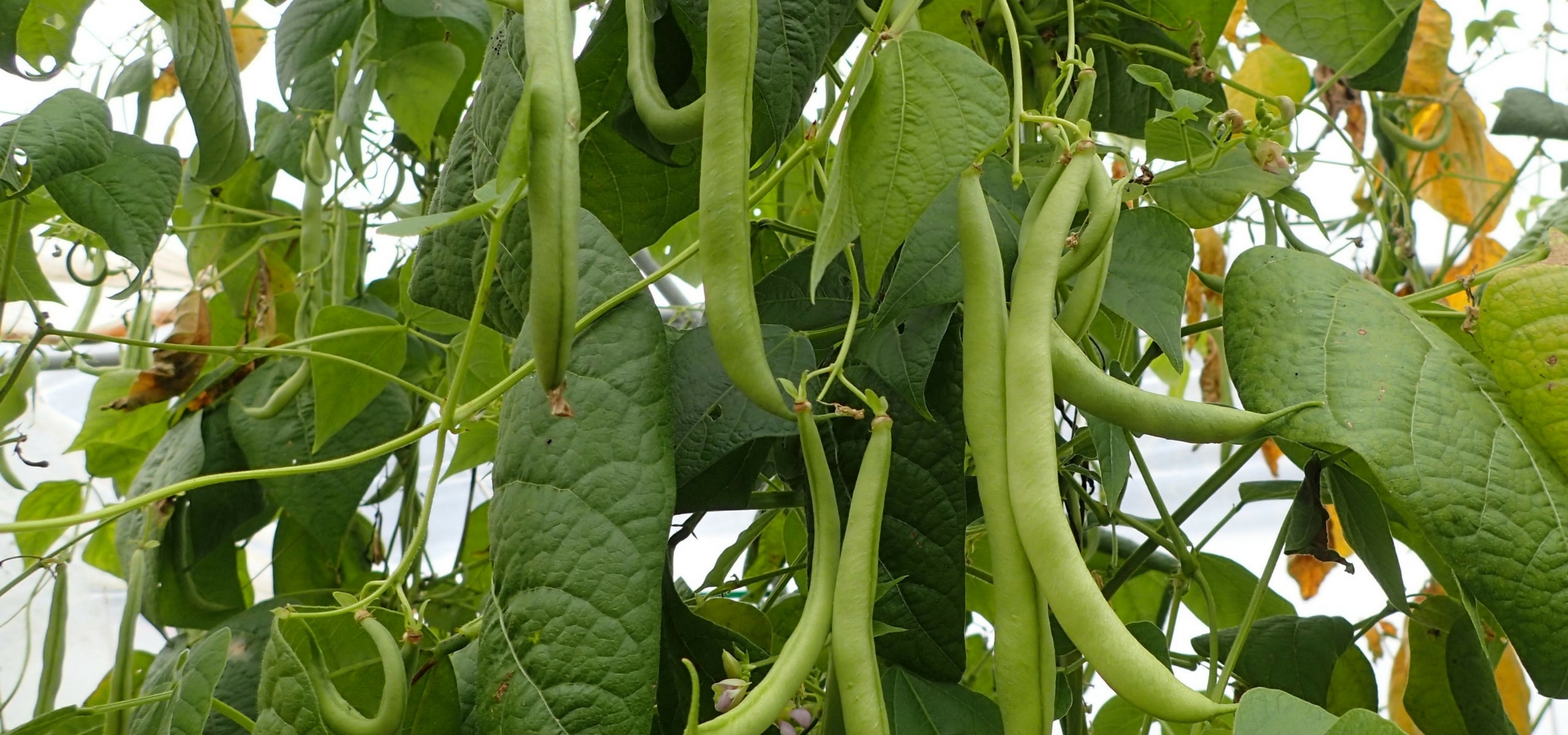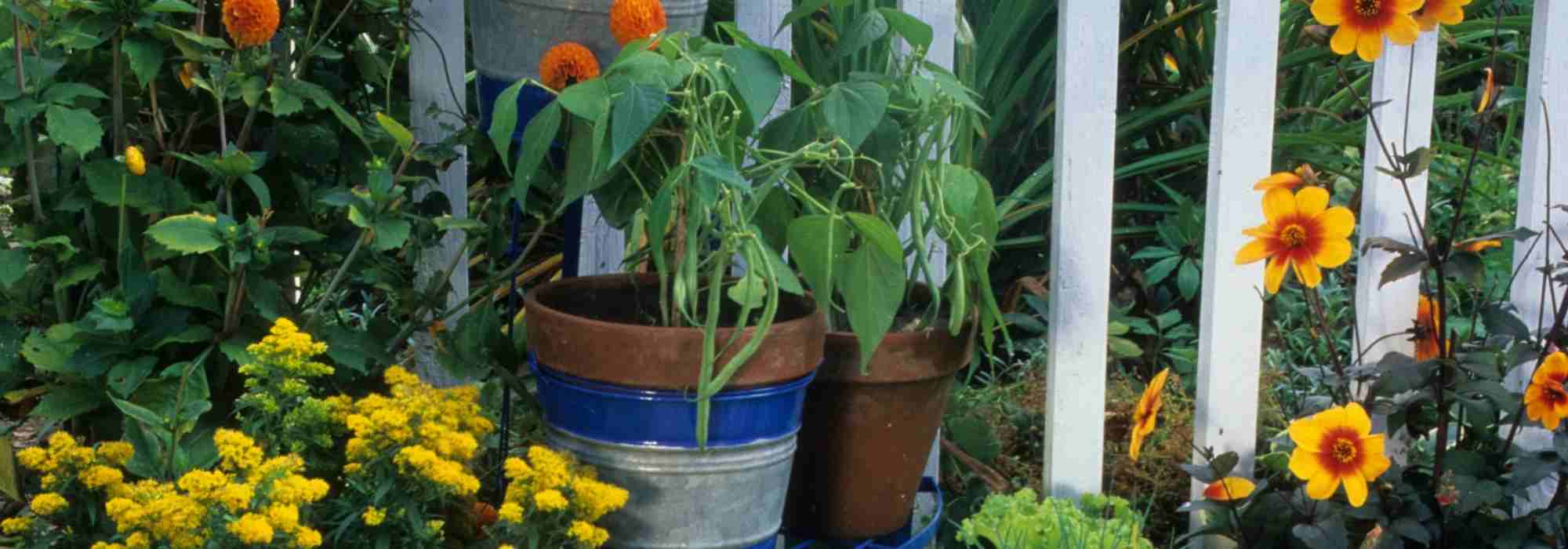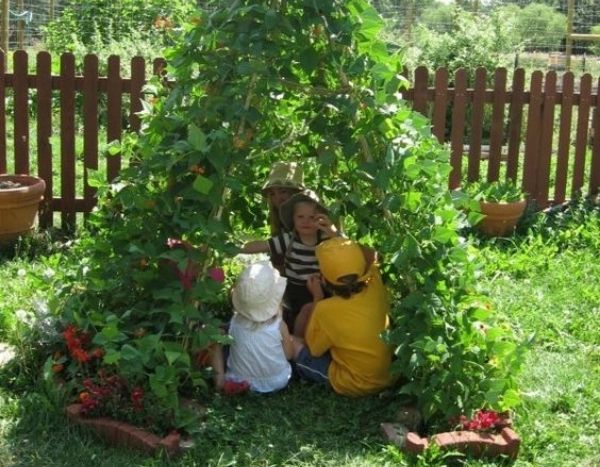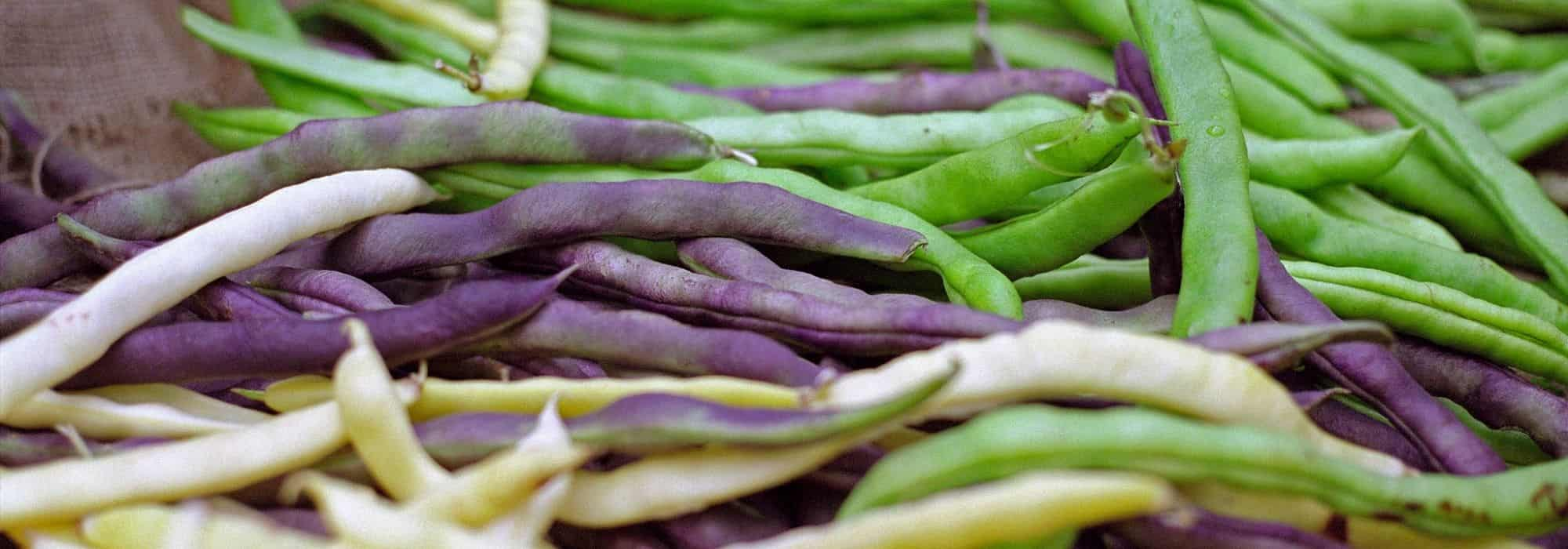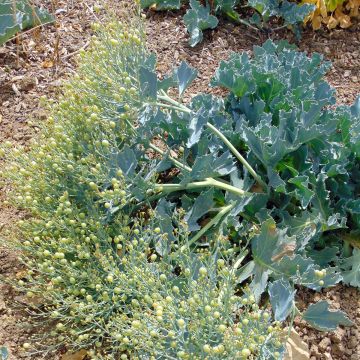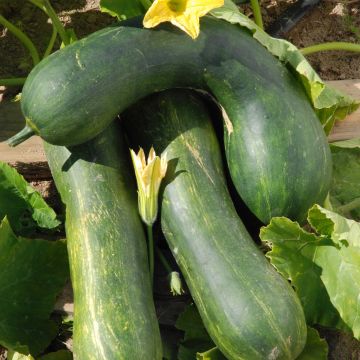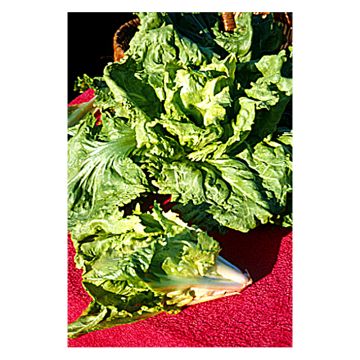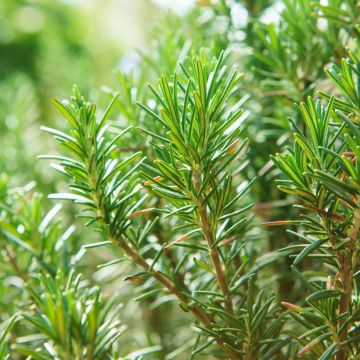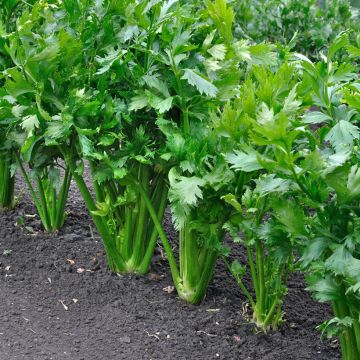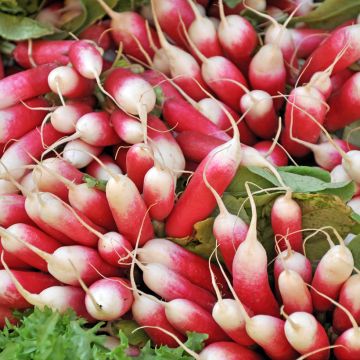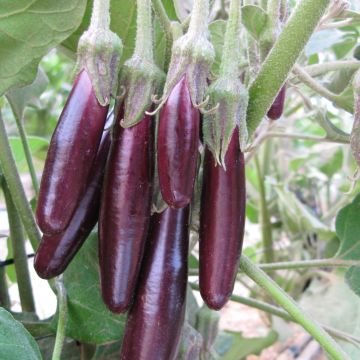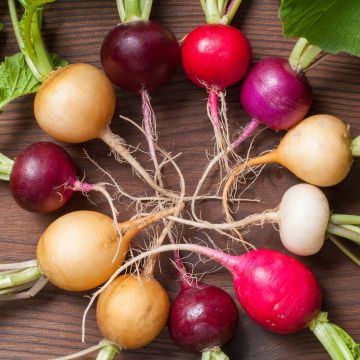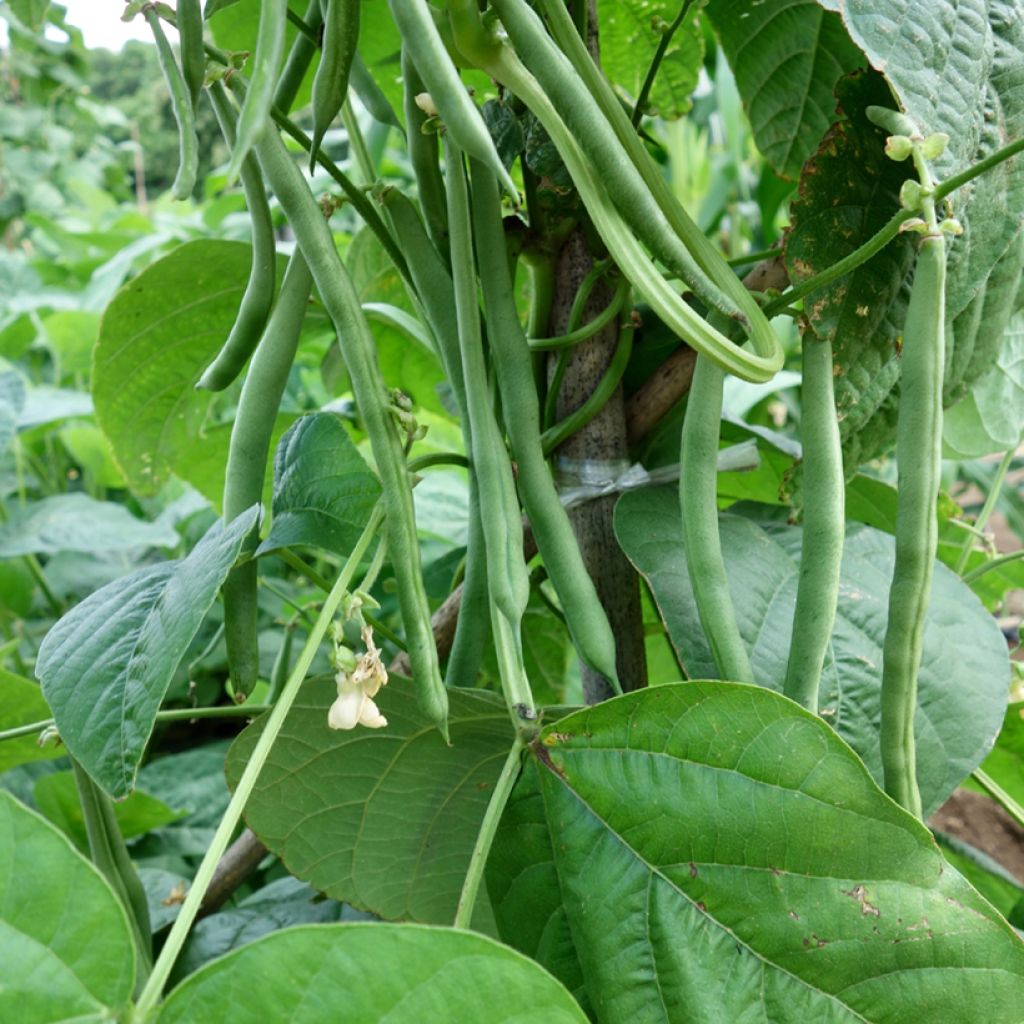

Dwarf Filet Bean Mascaret
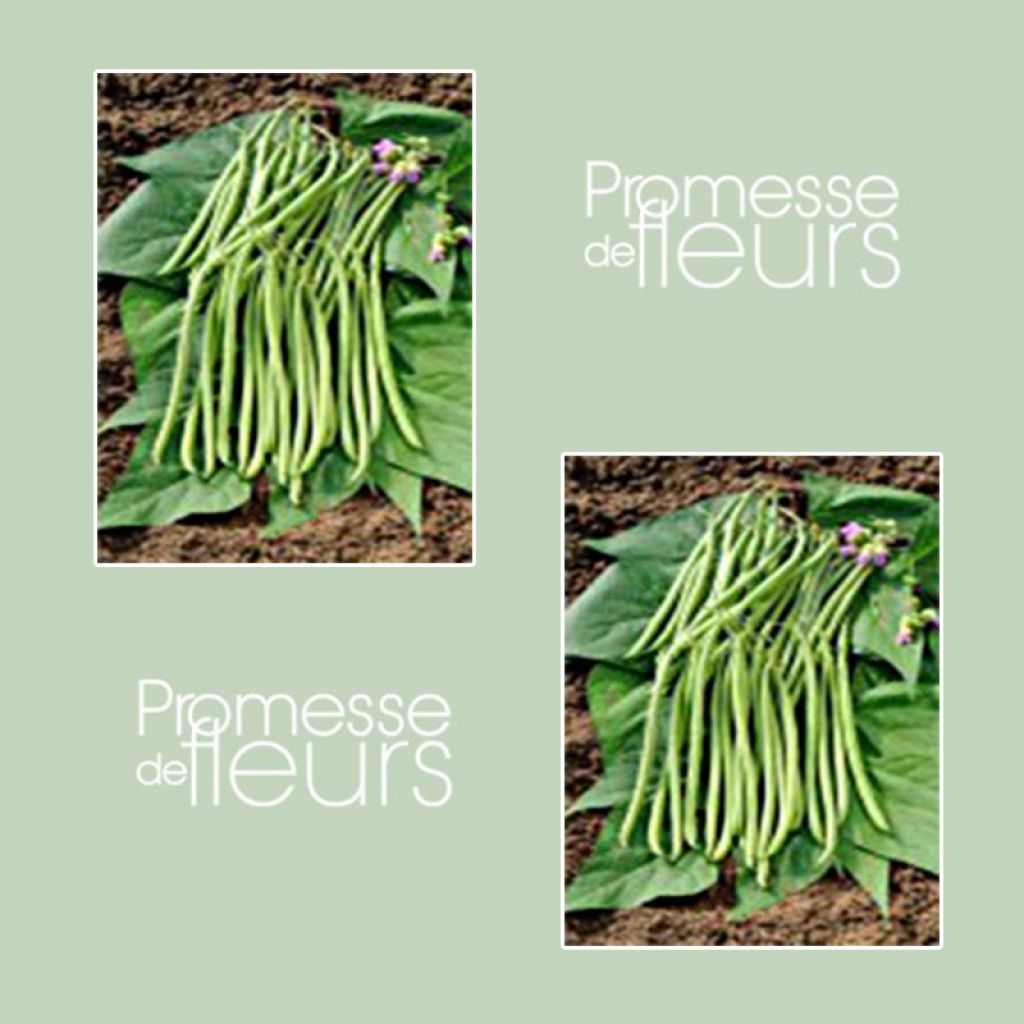

Dwarf Filet Bean Mascaret
Dwarf Filet Bean Mascaret
Phaseolus vulgaris Mascaret
Dwarf Filet Bean
Non-compliant order. Invoice does not match either. Will not recommend this website.
Jean Guy R., 23/07/2018
Special offer!
Receive a €20 voucher for any order over €90 (excluding delivery costs, credit notes, and plastic-free options)!
1- Add your favorite plants to your cart.
2- Once you have reached €90, confirm your order (you can even choose the delivery date!).
3- As soon as your order is shipped, you will receive an email containing your voucher code, valid for 3 months (90 days).
Your voucher is unique and can only be used once, for any order with a minimum value of €20, excluding delivery costs.
Can be combined with other current offers, non-divisible and non-refundable.
Why not try an alternative variety in stock?
View all →This plant carries a 6 months recovery warranty
More information
We guarantee the quality of our plants for a full growing cycle, and will replace at our expense any plant that fails to recover under normal climatic and planting conditions.
Description
'Mascaret' dwarf bean is a very heavy-yielding French filet type variety that produces fruit continuously during the growing season. The handsome, very slender bright green pods have exceptional flavour and a fine, tender texture. Sow from April to July. Enjoy regular harvests from June to late August.
Beans are popular vegetables belonging to the Fabaceae family, grown for their edible pods or seeds. They were widely consumed in the New World before being introduced and acclimatized in Europe during the 16th century. Beans have now become a staple food worldwide. Cultivated beans fall into two main categories: vining/climbing varieties known as pole beans (indeterminate growth habit) or low-growing bush or dwarf varieties (determinate growth habit). Heirloom and traditional varieties are all vining and will require a support to scramble up. Bush varieties are free-standing and compact which can be practical in smaller growing spaces. They produce one large harvest over a short period of time, as opposed to vining beans which can be harvested nearly all summer long.
Green beans, string beans or snap beans (Phaseolus vulgaris) are grown for their cylindrical immature pods. Some varieties are yellow (wax beans) whilst others are purple or streaked with red. French beans and Italian Romano beans are generally grown for their flat, fleshy, fresh-tasting immature pods although they can often be harvested later as shelling beans. Filet beans (Haricots verts Fins or Extra-Fins) are a type of French bean that are particularly round, slender and fine-flavoured. Older green bean cultivars generally develop a tough fibrous thread along the pod’s seam, hence the name “string” bean. Modern “snap” varieties are stringless. Runner beans or scarlet runner beans (Phaseolus coccineus) develop flat pods that are generally chopped diagonally when cooked. The ornamental plants produce large, attractive red or white flowers.
Shell or shelling beans are grown for their seeds, the pods are discarded. They can be harvested as fresh, tender beans (about 60 days after sowing), as semi-dry beans or as dry beans (about 90 days after sowing).
Immature green pods are rich in vitamins A, B9 and C, trace elements and minerals. Dry beans are also very rich in vitamin C and trace elements and are an excellent source of vegetable protein.
Harvesting: Green beans should be harvested every 2 to 3 days, about 50-60 days after sowing. For fresh shell beans, harvest before the pods begin to dehydrate and become wrinkled. To harvest dry beans, cut off the whole plant at its base and hang it in a dry, well ventilated place. The beans can then be shelled as and when required or stored in airtight jars.
Storage: Green beans can be either be blanched then frozen, canned, or dried for later use. Dry beans will keep up for a year when stored in the right conditions.
Good to know: Like all members of the Fabaceae family, beans are nitrogen-fixing plants. They are often used in crop rotations to enrich the soil before or after plants that require lots of nitrogen to grow. Traditionally, bean crops were grown alongside squash and corn plants in Central and South America in a system known as Milpa agriculture. Beans are good companion plants to aubergines, carrots, cabbages, potatoes and radishes. Avoid growing beans too close to fennel or members of the Alliaceae family as their growth will be inhibited. Spraying with stinging nettle fertilizer is an effective way of strengthening your bean plants whilst keeping pests such as aphids at bay.
Harvest
Plant habit
Foliage
Botanical data
Phaseolus
vulgaris
Mascaret
Fabaceae
Dwarf Filet Bean
Central America
Annual
Other String beans
View all →Planting and care
Soil preparation: Beans like light, moist, nutrient-rich, free-draining soil that’s not excessively calcareous or acidic. To prepare the soil bed, loosen the top 20 cm and amend with compost or well-rotted manure. Avoid sowing beans in soil that has been recently limed as this will result in tougher pods and poorer flavour.
Sowing under cover: beans can be sown in polytunnels or South to West facing cold frames as early as mid-March. Bean plants are not cold hardy, soil temperature needs to be 15°C minimum. Only ventilate the polytunnel or cold frame during the warmer hours of the day and wait until all risk of frost is over to remove the protective covers completely.
Sowing outdoors: Sow your beans from April onwards in warmer regions or from May onwards elsewhere. Wait until the soil has warmed up and frosts are no longer a problem. Dig 3-4 cm deep furrows, 40 cm apart and sow your seeds every 5-7 cm. Otherwise, sow 4-5 seeds in seed holes, spaced 40 cm apart in all directions. Cover with soil and firm down lightly with the back of a rake. When the seedlings are about 20 cm tall, hill them up for extra support.
The first beans will be ready to harvest about 60 days after sowing. Pole beans can be generally be harvested until late October. When growing bush varieties, stagger your sowing every 15 days for regular harvests until late autumn.
Climbing beans require support to grow up, such as A frames or tepees made out of stakes or wire netting.
Seedlings
Care
Intended location
Planting & care advice
-
, onOrder confirmed
Reply from on Promesse de fleurs
Similar products
Haven't found what you were looking for?
Hardiness is the lowest winter temperature a plant can endure without suffering serious damage or even dying. However, hardiness is affected by location (a sheltered area, such as a patio), protection (winter cover) and soil type (hardiness is improved by well-drained soil).

Photo Sharing Terms & Conditions
In order to encourage gardeners to interact and share their experiences, Promesse de fleurs offers various media enabling content to be uploaded onto its Site - in particular via the ‘Photo sharing’ module.
The User agrees to refrain from:
- Posting any content that is illegal, prejudicial, insulting, racist, inciteful to hatred, revisionist, contrary to public decency, that infringes on privacy or on the privacy rights of third parties, in particular the publicity rights of persons and goods, intellectual property rights, or the right to privacy.
- Submitting content on behalf of a third party;
- Impersonate the identity of a third party and/or publish any personal information about a third party;
In general, the User undertakes to refrain from any unethical behaviour.
All Content (in particular text, comments, files, images, photos, videos, creative works, etc.), which may be subject to property or intellectual property rights, image or other private rights, shall remain the property of the User, subject to the limited rights granted by the terms of the licence granted by Promesse de fleurs as stated below. Users are at liberty to publish or not to publish such Content on the Site, notably via the ‘Photo Sharing’ facility, and accept that this Content shall be made public and freely accessible, notably on the Internet.
Users further acknowledge, undertake to have ,and guarantee that they hold all necessary rights and permissions to publish such material on the Site, in particular with regard to the legislation in force pertaining to any privacy, property, intellectual property, image, or contractual rights, or rights of any other nature. By publishing such Content on the Site, Users acknowledge accepting full liability as publishers of the Content within the meaning of the law, and grant Promesse de fleurs, free of charge, an inclusive, worldwide licence for the said Content for the entire duration of its publication, including all reproduction, representation, up/downloading, displaying, performing, transmission, and storage rights.
Users also grant permission for their name to be linked to the Content and accept that this link may not always be made available.
By engaging in posting material, Users consent to their Content becoming automatically accessible on the Internet, in particular on other sites and/or blogs and/or web pages of the Promesse de fleurs site, including in particular social pages and the Promesse de fleurs catalogue.
Users may secure the removal of entrusted content free of charge by issuing a simple request via our contact form.
The flowering period indicated on our website applies to countries and regions located in USDA zone 8 (France, the United Kingdom, Ireland, the Netherlands, etc.)
It will vary according to where you live:
- In zones 9 to 10 (Italy, Spain, Greece, etc.), flowering will occur about 2 to 4 weeks earlier.
- In zones 6 to 7 (Germany, Poland, Slovenia, and lower mountainous regions), flowering will be delayed by 2 to 3 weeks.
- In zone 5 (Central Europe, Scandinavia), blooming will be delayed by 3 to 5 weeks.
In temperate climates, pruning of spring-flowering shrubs (forsythia, spireas, etc.) should be done just after flowering.
Pruning of summer-flowering shrubs (Indian Lilac, Perovskia, etc.) can be done in winter or spring.
In cold regions as well as with frost-sensitive plants, avoid pruning too early when severe frosts may still occur.
The planting period indicated on our website applies to countries and regions located in USDA zone 8 (France, United Kingdom, Ireland, Netherlands).
It will vary according to where you live:
- In Mediterranean zones (Marseille, Madrid, Milan, etc.), autumn and winter are the best planting periods.
- In continental zones (Strasbourg, Munich, Vienna, etc.), delay planting by 2 to 3 weeks in spring and bring it forward by 2 to 4 weeks in autumn.
- In mountainous regions (the Alps, Pyrenees, Carpathians, etc.), it is best to plant in late spring (May-June) or late summer (August-September).
The harvesting period indicated on our website applies to countries and regions in USDA zone 8 (France, England, Ireland, the Netherlands).
In colder areas (Scandinavia, Poland, Austria...) fruit and vegetable harvests are likely to be delayed by 3-4 weeks.
In warmer areas (Italy, Spain, Greece, etc.), harvesting will probably take place earlier, depending on weather conditions.
The sowing periods indicated on our website apply to countries and regions within USDA Zone 8 (France, UK, Ireland, Netherlands).
In colder areas (Scandinavia, Poland, Austria...), delay any outdoor sowing by 3-4 weeks, or sow under glass.
In warmer climes (Italy, Spain, Greece, etc.), bring outdoor sowing forward by a few weeks.






























